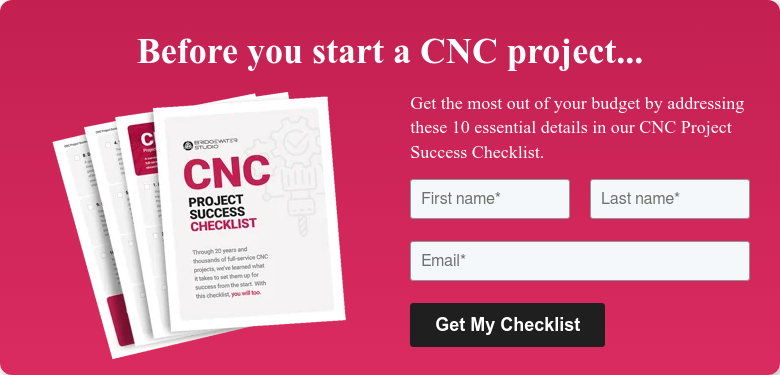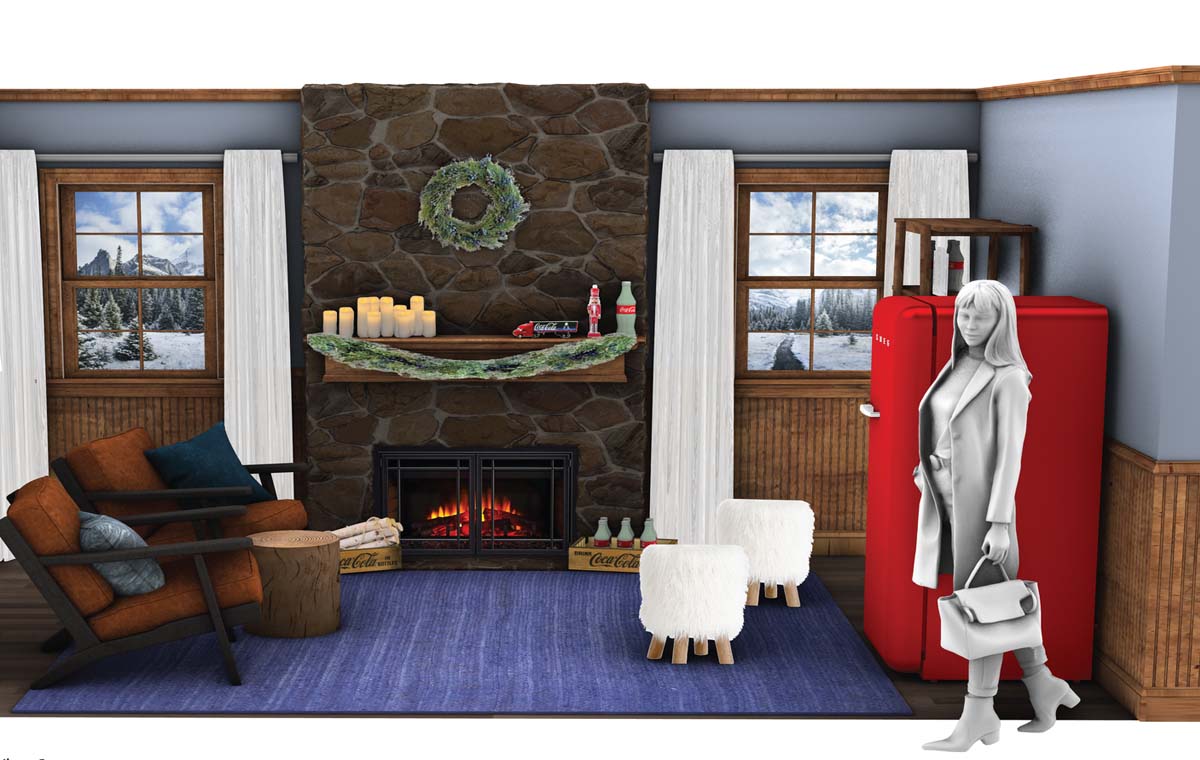Ever have something custom-made only to be disappointed at the result? Often, it’s because we put our trust in the designer or craftsperson and while they may deliver according to the specifications, their vision just didn’t quite line up with our own. It’s disappointing. It’s expensive. There ought to be a better way.
Thankfully, there is. Enter digital modeling. Digital modeling helps prevent scenarios like this from happening by creating precise visual representations of the custom object allowing clients to see a digital version or even a physical prototype of the product before it’s created in its final form. Voila - no more wagering your dollars on the slim hope that what you're trying to bring to life will magically align with the maker’s vision.
As custom fabricators, we rely on digital modeling to ensure that every last detail of a project is fine-tuned and that all stakeholders are happy. In this article, we’ll walk you through what digital modeling is, the common tools of the trade, and why it’s a critical part of our digital fabrication process.

Digital Modeling: Tools and Techniques
3D visualization and rendering
This form of digital modeling uses CAD (computer-aided design) software programs to create 3D designs in a 2D format which allows both fabricators and clients to fine-tune measurements and details, helping the client ‘see’ the product and how it will ultimately fit into and interact with a space—all in a format that can be shared via email. Architects and interior designers use similar tools to communicate layouts and design elements visually and to aid in space planning as everything can be created to scale.
In digital fabrication, these tools can help evoke the space and translate not only how the finished product will look in the space, but also how it will feel. Digital modeling can provide essentially a virtual tour or walk-through of a space, which is invaluable to helping all parties get a glimpse of the final result. For individuals who struggle to visualize in 3D, renderings are worth a thousand words.
3D scanning
Looking to replicate an already existing object but change its size or tweak it to fit a different space? Enter 3D scanning. These tools turn objects into data by scanning their 360-degree surface and converting that info into a CAD file that can be scaled up, scaled down, or manipulated into a new posture, shape, or position.
3D scans allow designers and fabricators to make exact replicas of objects and make precise adjustments that allow for the item to be changed while maintaining its integrity. For clients, 3D scanning provides the assurance that whatever is being replicated, it will be a true representation of the original, despite changes to size, shape, or application.
3D printing
3D printing takes data from 3D rendering and scanning and allows objects to be created in physical form as prototypes or maquettes. 3D printers offer a quick and cost-effective way to fabricate a scale model that retains all the characteristics of a design, giving clients and fabricators a tangible way to confirm proportions, finishes, and other details prior to launching into production.
Benefits of Digital Modeling
Digital modeling offers a means for 3D fabricators to deliver accurate, precise, and to-scale renderings, visualizations, or scans of objects to clients, allowing them to see the design from every angle and in three dimensions. These models are inexpensive to modify and iterate and can help with troubleshooting and identifying potential problems—facilitating better communication between all project stakeholders.
3D modeling also allows the designer to present multiple options cost-effectively and can be used to collaborate in real time with a client either in person or via video conference. Because changes can be made easily, different versions and solutions can be explored and decisions can be made quickly. This reduces errors and omissions in projects and prevents costly changes later in the process.
Additionally, CAD models can be fabricated into physical prototypes via 3D printing, ensuring every last detail is accurate and giving clients complete assurance that the end result will meet their expectations. For complex projects involving lighting in situ with built elements, previsualization helps all parties understand how the different components will interact and how the final installation will perform with different conditions.
Finally, digital modeling is a boon to the designers themselves, as it can help them visualize an existing space, such as a museum or retail store, as a blank slate. Paring back to the bones of an existing interior provides digital fabricators the opportunity to reimagine the site in new ways and ensures that the new elements will be integrated appropriately.
Due to the myriad benefits for both clients and fabricators, digital modeling is an essential step in the custom fabrication process, whether you are creating a giant character sculpture, developing a new museum exhibit, or designing a unique retail interior.
As custom fabricators, we rely on 3D models to help us communicate with clients and ensure that every minute detail is fully considered and clearly represented before we launch into production. It’s a step that allows everyone involved to feel confident that the final product will have the look, feel, and functionality that sparked the initial concept.
Ready to bring an idea of your own to life? Reach out today to schedule a no-pressure introduction to Bridgewater Studio and learn more about our end-to-end process to help your digital fabrication project come to life. From strategy and design to engineering, fabrication, and installation, we manage custom fabrication products with a single team, all under one roof.



.png)
.png)
.png)







